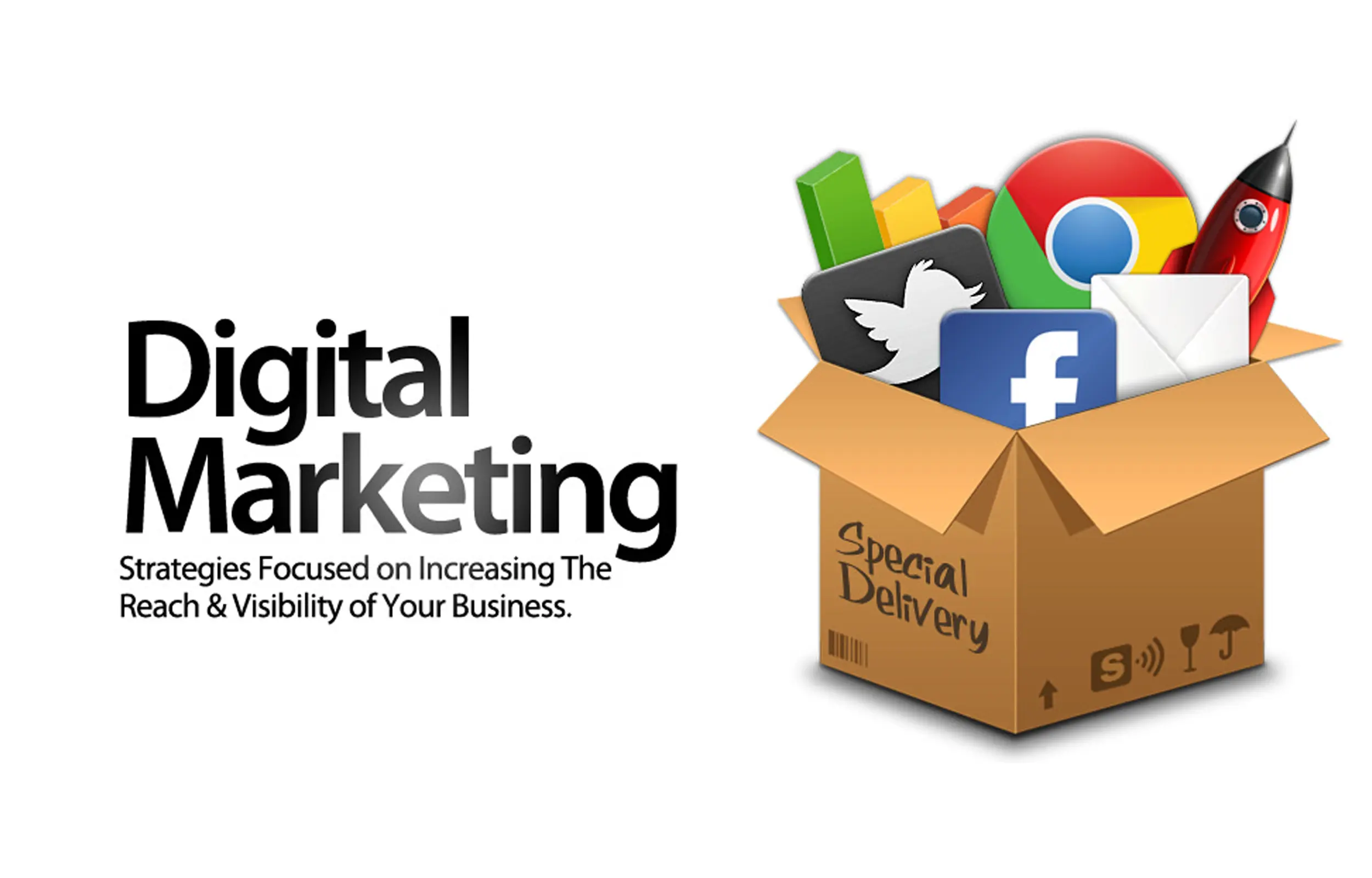In today’s fast-paced digital landscape, businesses are constantly seeking ways to turn online interactions into lasting customer relationships. The art of digital marketing has emerged as a powerful tool for brands looking to not only reach but also engage their target audiences. With the right strategies, companies can transform mere clicks into valuable connections that drive sales and foster brand loyalty.
Digital marketing is more than just a series of online advertisements or social media posts; it is an intricate process that blends creativity with analytical thinking. By understanding consumer behavior and leveraging various digital channels, businesses can create a compelling online presence. This enables them to capture the attention of potential customers, guiding them through the marketing funnel and ultimately converting interest into profit. As we delve deeper into this fascinating realm, we’ll explore innovative techniques that make digital marketing a modern-day form of alchemy.
Harnessing Data Analytics
In today's digital landscape, data analytics plays a pivotal role in shaping effective marketing strategies. By leveraging data, businesses can gain deep insights into consumer behavior, preferences, and trends. This information is crucial in optimizing campaigns and ensuring the right message reaches the right audience at the right time. With tools and technologies available, marketers can track user interactions across various channels, helping them understand which tactics yield the highest engagement and conversion rates.
Furthermore, data analytics allows for real-time monitoring of marketing efforts. This immediacy enables businesses to adapt their strategies on the fly, addressing any issues or opportunities as they arise. For instance, if a particular campaign is underperforming, analytics can pinpoint the reasons behind it, whether it be targeting the wrong demographic or lacking compelling content. The ability to pivot quickly based on data insights can create a significant competitive advantage in the fast-paced digital market.

Lastly, harnessing data analytics fosters a culture of continual improvement within organizations. By routinely analyzing performance data, businesses can identify patterns that inform not just immediate marketing efforts but also long-term strategic planning. This approach encourages experimentation and innovation, leading to the development of more personalized customer experiences. Ultimately, when data-driven insights guide decision-making, organizations are better positioned to convert digital interactions into loyal customer relationships, transforming clicks into measurable success.
Engaging Through Content Marketing
Content marketing serves as the backbone of digital marketing strategies, focusing on creating and sharing valuable content to attract and retain a clearly defined audience. By providing insightful articles, captivating videos, and interactive infographics, brands can establish authority and foster trust among their target demographics. This relationship-building approach encourages potential customers to engage with the brand before making purchasing decisions, effectively nurturing leads throughout the buyer's journey.
To enhance engagement, it is crucial to tailor content to the preferences and behaviors of the audience. Utilizing analytics tools allows marketers to identify what types of content resonate most and when the audience is most active. By combining storytelling with data-driven insights, brands can create compelling narratives that not only inform but also entertain. This deeper connection with the audience often leads to increased shares and interactions across various digital platforms.
Additionally, employing diverse content formats is essential for maximizing reach and engagement. Blogs, podcasts, social media posts, and live streams can all play a role in keeping the audience engaged. Each format can address different segments of the audience, catering to various learning preferences and consumption habits. By diversifying content offerings, brands can keep their audience excited and involved, ultimately transforming casual clicks into loyal customers.
Optimizing Conversion Rates
In the competitive landscape of digital marketing , optimizing conversion rates is essential for turning website visitors into loyal customers. This process begins by understanding user behavior and identifying the stages of the buyer's journey. By analyzing data from tools like Google Analytics, marketers can pinpoint where potential customers drop off and address these pain points with tailored strategies. Simple modifications to webpage design, content, or navigation can significantly impact conversion rates.
Another crucial aspect of optimization involves crafting compelling calls to action. A well-placed and engaging call to action can make all the difference in persuading users to take specific steps, such as signing up for a newsletter or making a purchase. Testing different variations of these calls to action, such as color, wording, and placement, can reveal what resonates most with the audience. It’s important to continuously iterate on this approach to keep engagement high.
Finally, leveraging social proof can enhance credibility and trust, encouraging conversions. Incorporating customer testimonials, reviews, and case studies can provide potential customers with the reassurance they need to make a decision. By showcasing satisfaction from existing customers, businesses can effectively bridge the gap between interest and purchase, ultimately maximizing conversion rates and transforming digital interactions into customer loyalty.
